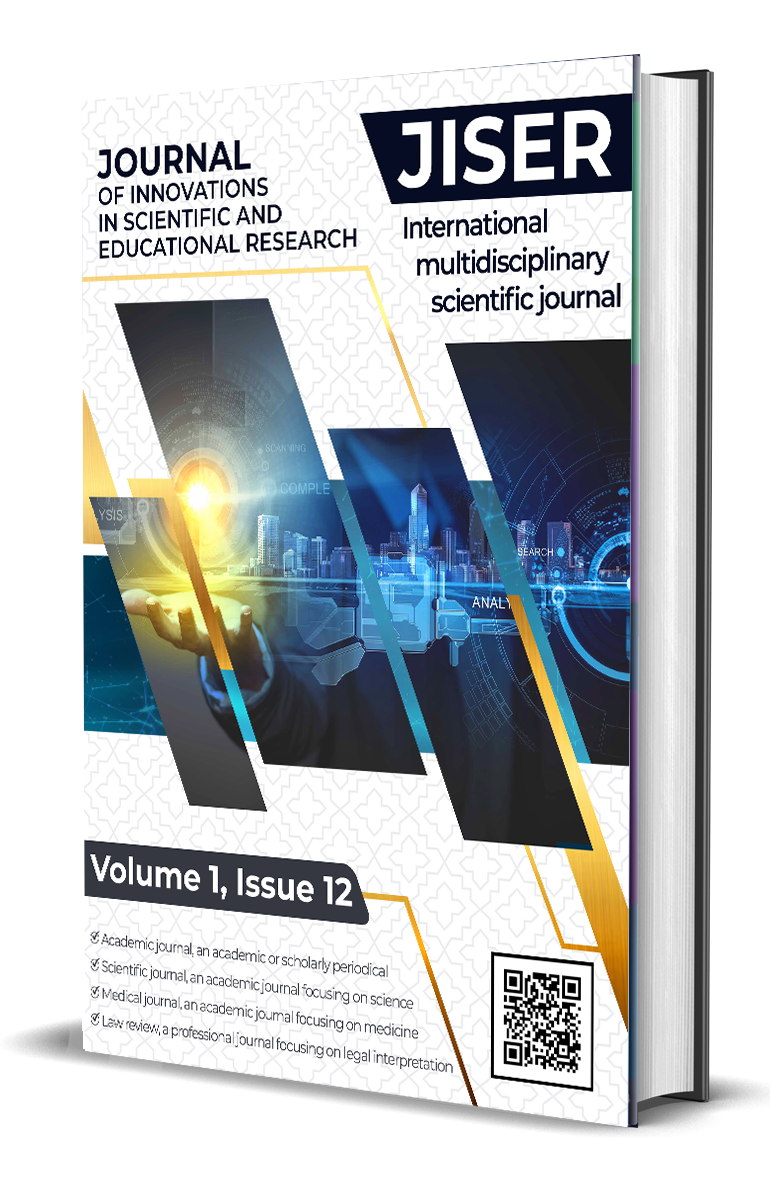THE DIGITAL REVOLUTION IN LANGUAGE LEARNING: EXPLORING THE ROLE OF TECHNOLOGY
Keywords:
Language learning technologies, Globalization, Digital connectivity, Computer-assisted language learning, Virtual reality, Artificial intelligence, Personalized learning experiencesAbstract
"The Digital Revolution in Language Learning: Exploring the Role of Technology" delves into the significant impact of technology on language education in today's interconnected world. From the evolution of computer-assisted language learning to the advent of virtual reality, augmented reality, and artificial intelligence, this article examines how technological tools are reshaping language learning experiences. By emphasizing a learner-centered approach and the use of digital resources to construct knowledge and skills, the article explores the transformative effects of technology on language learners, educators, and the future of multilingualism.
References
Warschauer, M. (2000). The changing global economy and the future of English teaching. TESOL Quarterly, 34(3), 511-535.
Chapelle, C. A. (2001). Computer applications in second language acquisition: Foundations for teaching, testing, and research. Cambridge University Press.
Godwin-Jones, R. (2018). Mobile apps for language learning. Language Learning & Technology, 22(1), 3-17.
Hubbard, P. (2008). Computer-assisted language learning: Critical concepts in linguistics. Routledge.
Stockwell, G. (2012). Computer-assisted language learning: Diversity in research and practice. Cambridge University Press.
Levy, M. (2009). Technologies in use for second language learning. Modern Language Journal, 93(s1), 769-782.











